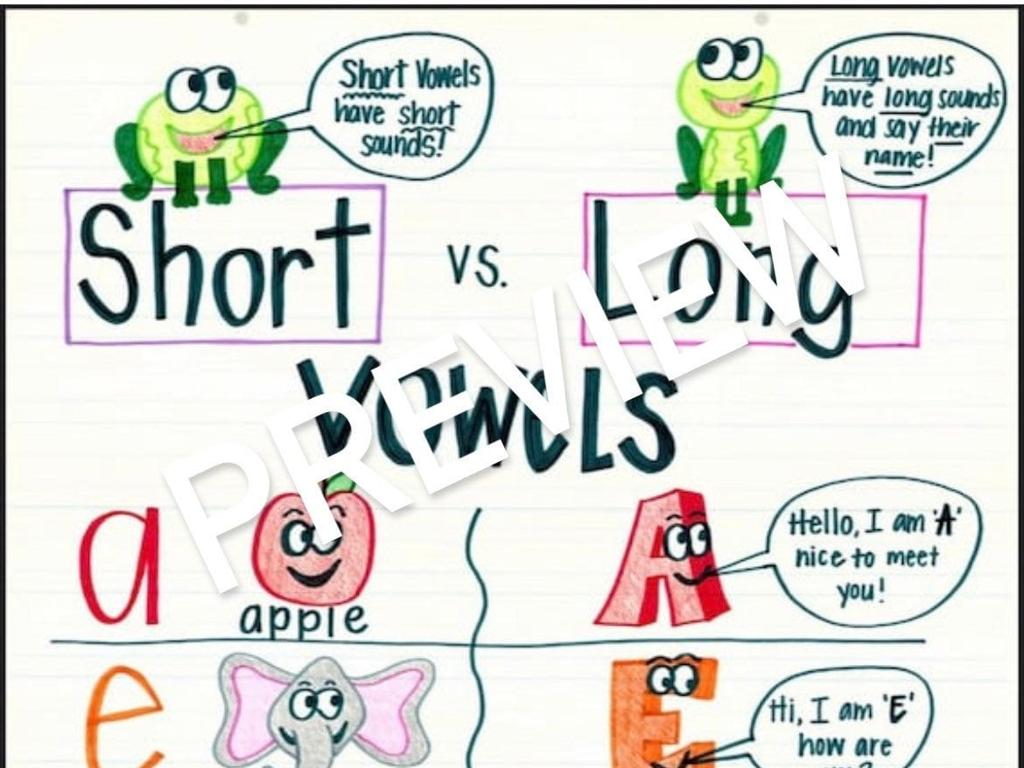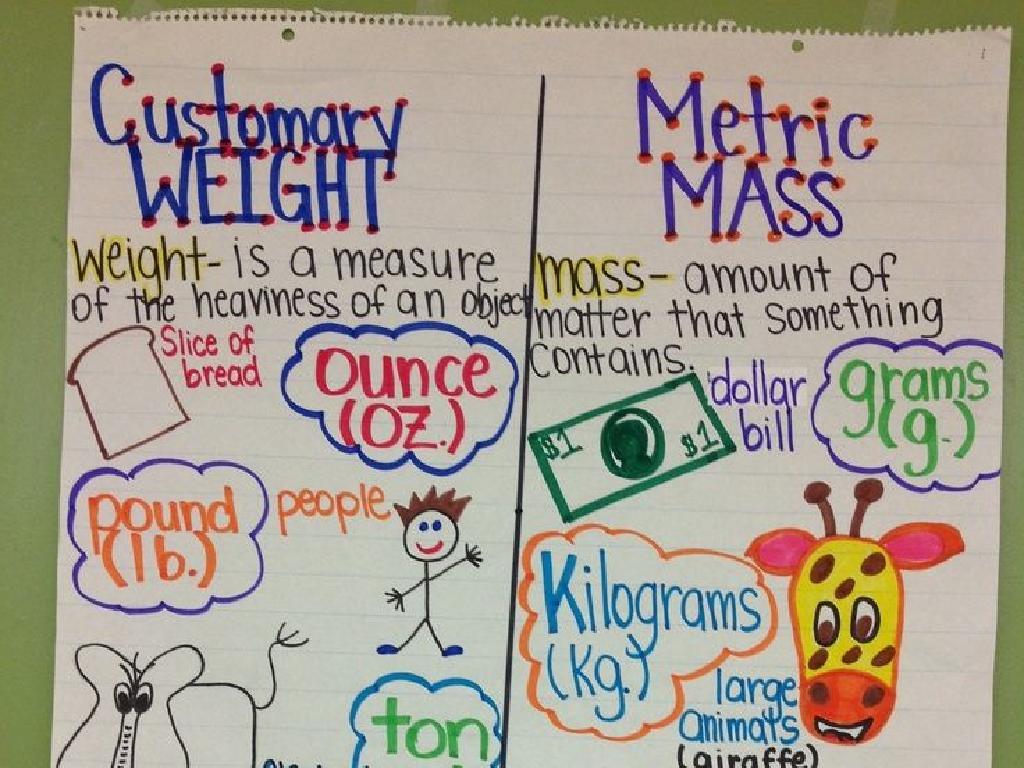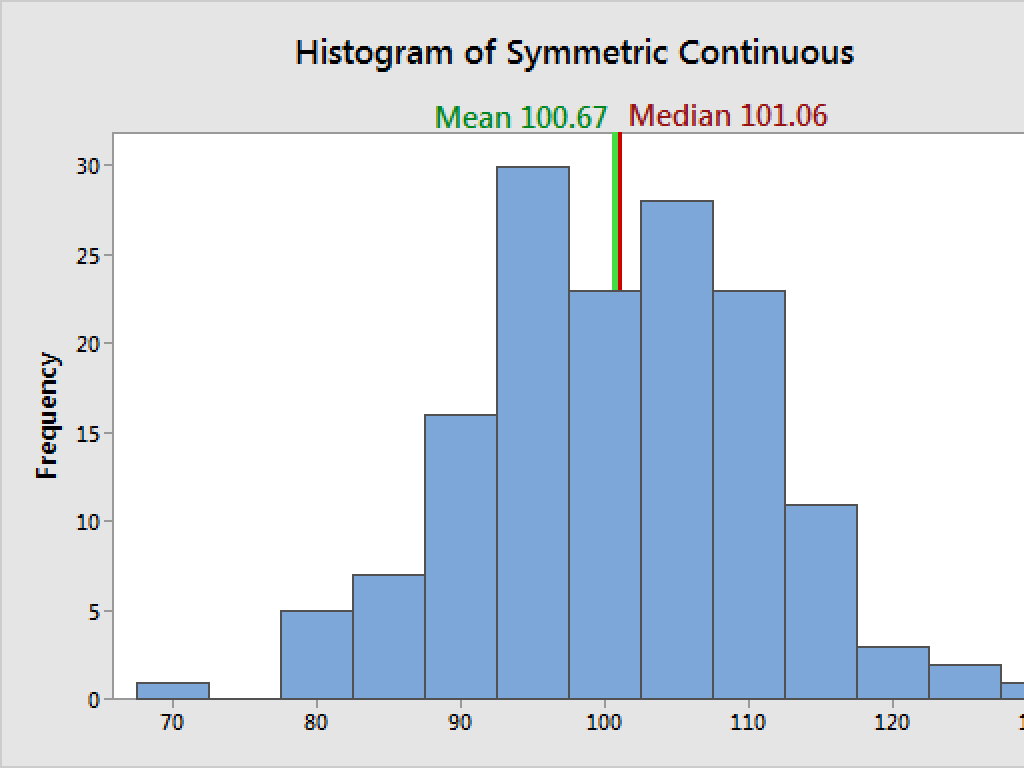Rewrite Sentences Using Introductory Elements
Subject: Language arts
Grade: Second grade
Topic: 4
Please LOG IN to download the presentation. Access is available to registered users only.
View More Content
Spicing Up Sentences with Introductory Elements
– Explore introductory elements
– Words or phrases at the start that set the stage
– Why use introductory elements?
– They make sentences exciting and give details
– Examples in sentences
– ‘In the morning, birds chirp.’ adds when birds chirp
– Practice adding them
– We’ll write sentences with introductory words together
|
This slide introduces the concept of introductory elements in sentence construction, aiming to enhance the writing skills of second-grade students by teaching them how to add variety and interest to their sentences. Introductory elements can include words or phrases that provide context, such as time or location, and help to vary sentence structure, making writing more engaging. Use examples that are relatable to the students, such as actions they perform daily. Encourage them to think of their own examples and share them with the class. During practice, guide them to add introductory elements to familiar sentences and observe how it changes the sentence’s impact.
Understanding Introductory Elements
– What’s an Introductory Element?
– It’s the start of a sentence that sets the scene.
– Examples of Introductory Elements
– ‘In the morning,’ ‘After the game,’ ‘Excitedly,’
– Introductory Elements can vary
– Can be a word, phrase, or even a clause!
– Practice using them in sentences
– We’ll write sentences with different starters.
|
This slide introduces the concept of introductory elements in sentences, which are used to provide context or set the stage for the main action. It’s important to explain to second graders that these elements can be as simple as a single word or as complex as a clause. Use examples that are easy to visualize and relate to their daily experiences. Encourage the students to think of introductory elements as a way to make their sentences more interesting. In the next class, have an activity where students can practice creating sentences with different introductory elements to reinforce the concept.
Spicing Up Sentences with Introductory Elements
– Intro elements make writing fun
– They set the scene: when, where, how
– Like ‘In the morning,’ or ‘Under the table,’
– Show the order of events
– First, second, then, finally
– Add interesting details
– ‘With a loud crash,’ or ‘Without warning,’
|
This slide aims to teach second-grade students the importance of using introductory elements to make their writing more engaging. Introductory elements are words or phrases added to the beginning of sentences that provide readers with context and can make stories more exciting. They help to set the scene by indicating when, where, or how an action takes place, and can also be used to show the sequence of events or to add extra details that captivate the reader’s interest. Encourage students to think of introductory elements as a way to invite their readers into the story. Provide examples and have them practice creating sentences with different introductory elements to see how it changes the feel of the sentence.
Spicing Up Sentences with Introductory Elements
– Add flavor to sentences
– Example without an intro
– ‘She ran to the store.’
– Now, with an introduction
– ‘Quickly, she ran to the store.’
– Notice the sentence change?
– The sentence gets more interesting!
|
This slide is aimed at teaching second graders how to make their sentences more exciting by adding introductory elements. Start by showing a simple sentence and then the same sentence with an introductory word added. Explain that by adding an introductory element like ‘Quickly,’ we give the reader more information and make our writing more engaging. Encourage the students to think of other words they could use to introduce their sentences and how it changes the picture in the reader’s mind. Have them practice with their own sentences, both in written work and by sharing examples aloud.
Your Turn to Try: Adding Introductory Elements
– Let’s rewrite sentences together
– I’ll show you a sentence
– We add an introductory element
– For example, ‘In the morning, I eat breakfast.’
– Notice how the meaning changes
– ‘Quickly, she ran to the bus.’ changes the pace of the action.
|
This slide is an interactive activity designed to teach second graders how to add introductory elements to sentences. Start by explaining that an introductory element is a word, phrase, or clause that we put at the beginning of a sentence to make it more interesting or to give more information. Show them a simple sentence and then add an introductory element to demonstrate how it changes the sentence. Encourage the students to think about how the introductory element can affect the meaning or feeling of the sentence. For example, adding ‘On a sunny day,’ to the beginning of a sentence can create a cheerful mood. Have a few pre-prepared sentences to work with and then invite students to try rewriting their own sentences. This will help them understand the concept and see the practical application of introductory elements in writing.
Class Activity: Sentence Creators!
– Pair up and rewrite sentences
– Add your own introductory elements
– Begin with words like ‘After’, ‘Before’, ‘While’
– Share your creations with the class
– Discuss changes made by introductions
– How does the sentence meaning or feeling change?
|
This activity is designed to help students understand the impact of introductory elements on sentences. By working in pairs, students will engage in collaborative learning, rewriting given sentences to include introductory elements such as ‘After the rain stopped,’ or ‘Before we left the house.’ After rewriting, each pair will share their new sentences with the class, fostering public speaking and listening skills. The discussion that follows will focus on how the introductory elements affect the tone, meaning, and structure of the sentences. Teachers should guide the discussion by providing feedback and examples, ensuring that students grasp the concept of introductory elements and their role in sentence construction.
Conclusion & Homework: Introductory Elements
– Practice using introductory elements
– Write 5 sentences for homework
– Think about how sentences start
– Include introductory elements in each
– Examples: ‘In the morning,’ or ‘After the game,’
– Share your best sentence in class
|
This slide wraps up the lesson on using introductory elements in sentences. The homework assignment is designed to reinforce the day’s learning by having students independently create sentences that begin with an introductory word or phrase. Encourage creativity and the use of different introductory elements. Remind students that these elements set the stage for the main part of the sentence. In the next class, students will have the opportunity to share their work, which encourages them to take pride in their writing and practice public speaking. Provide examples of introductory elements to help them get started and remind them to check that their sentences make sense as a whole.






